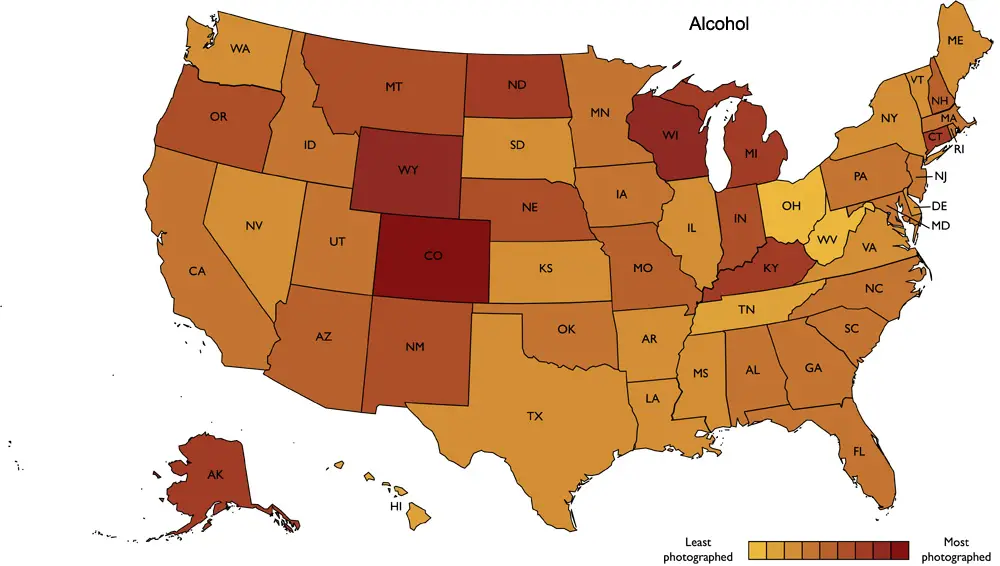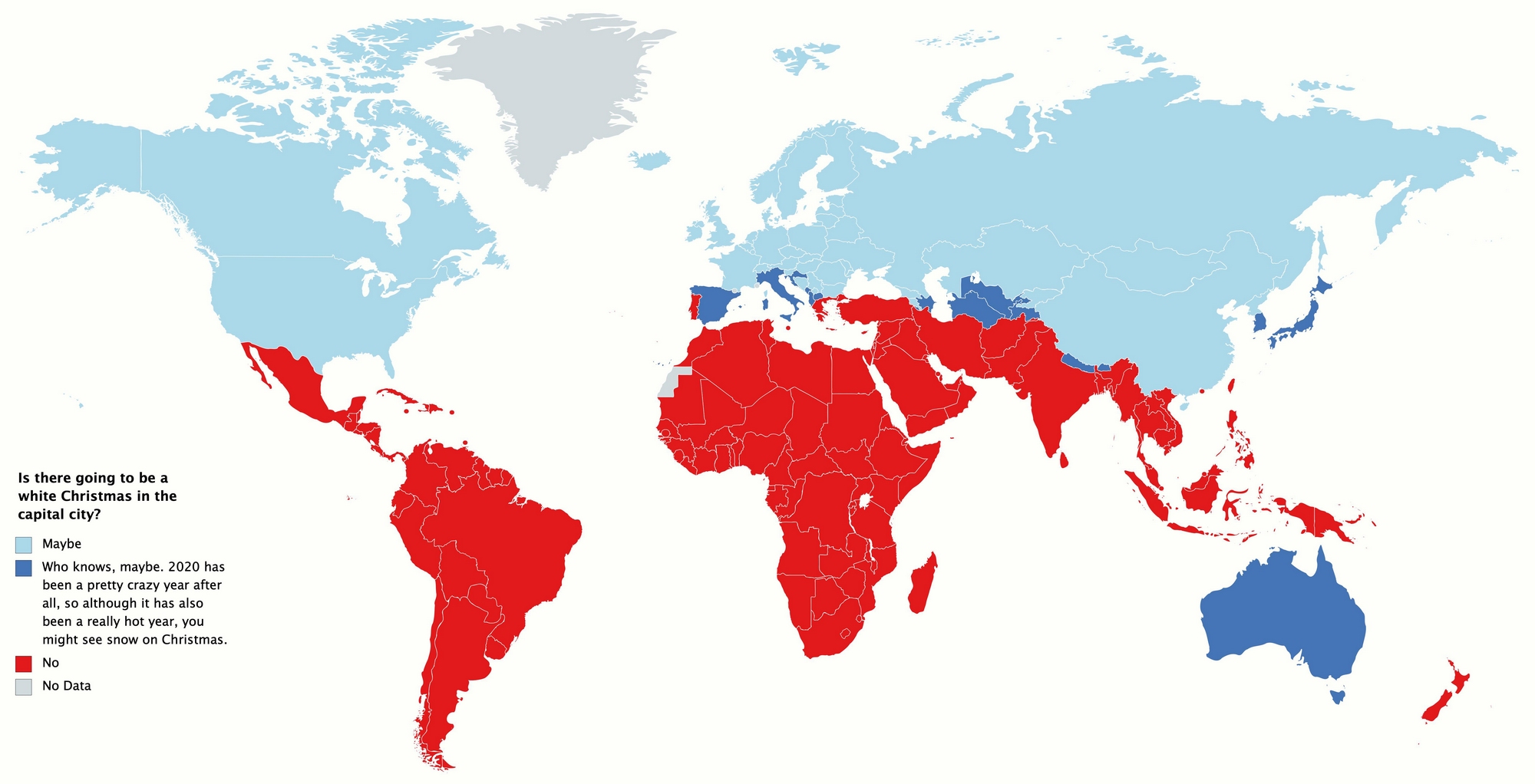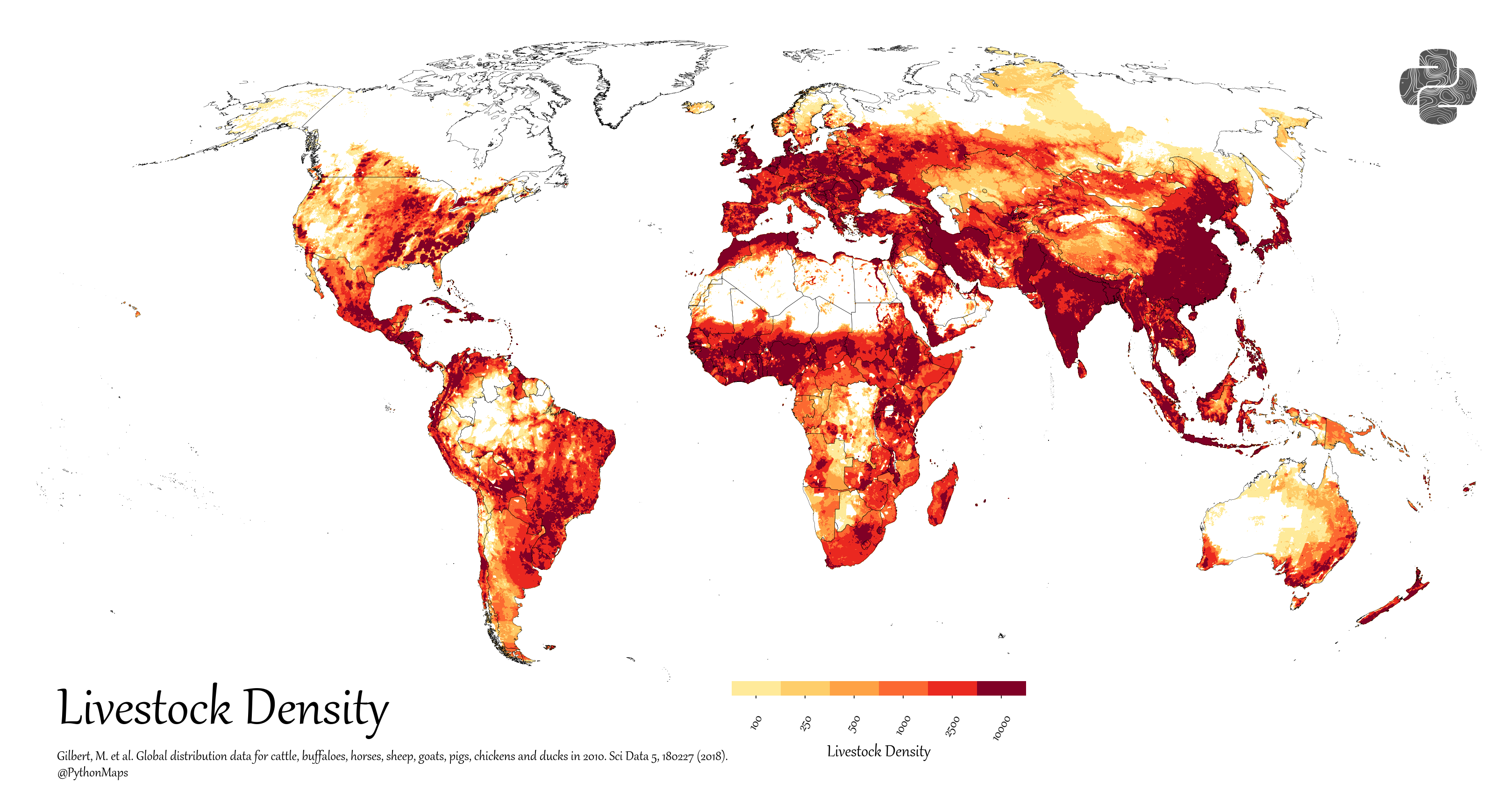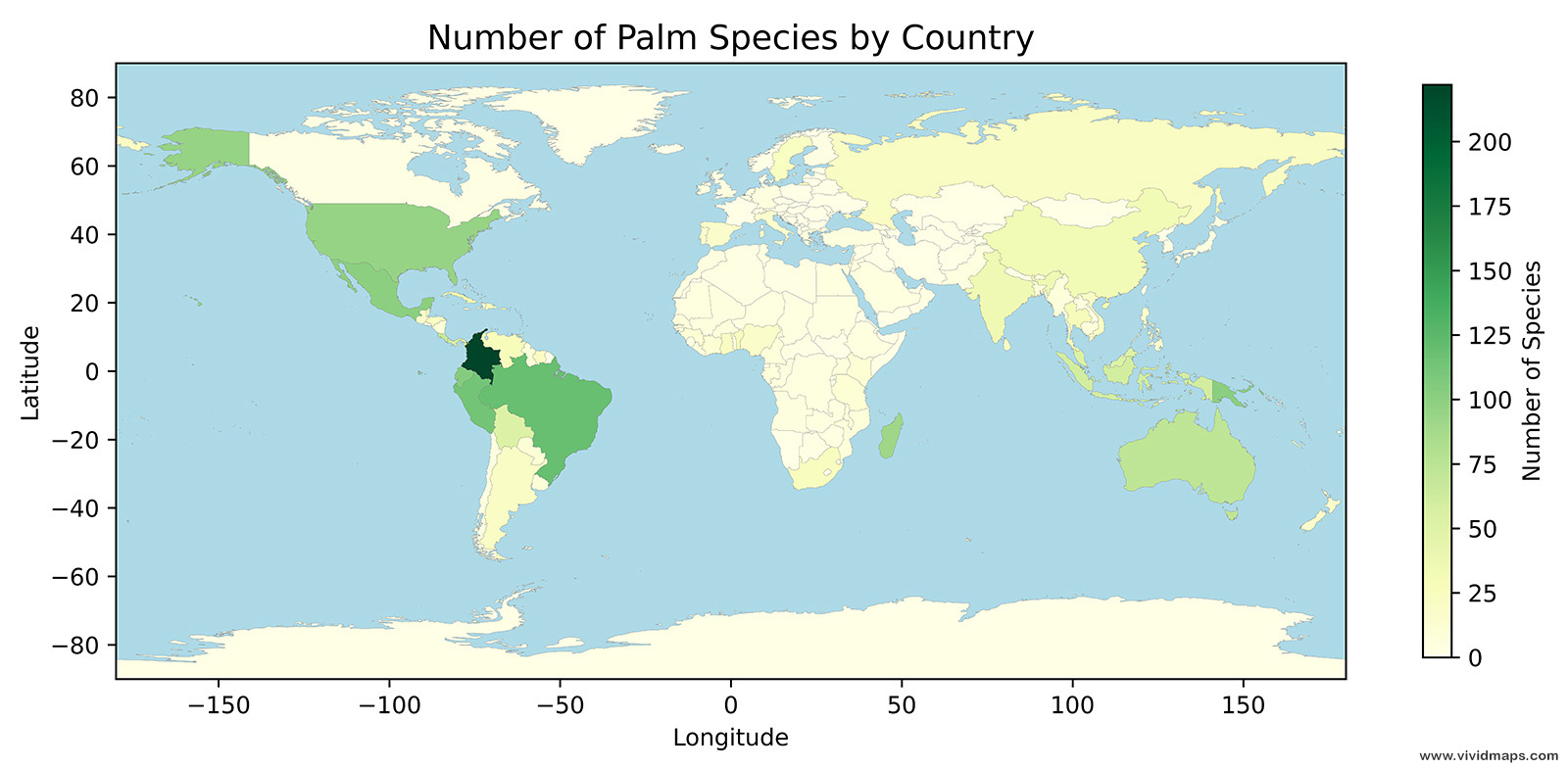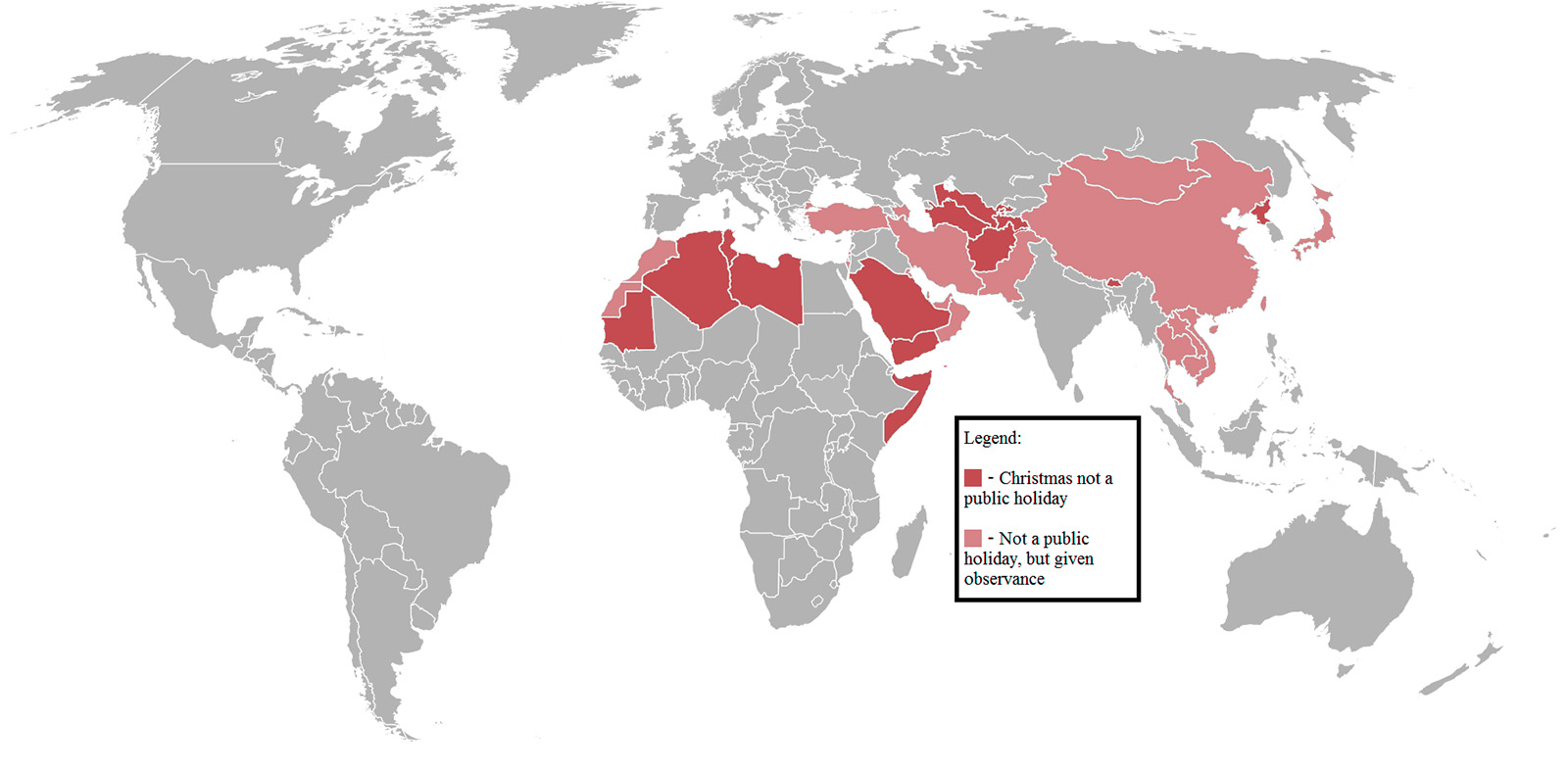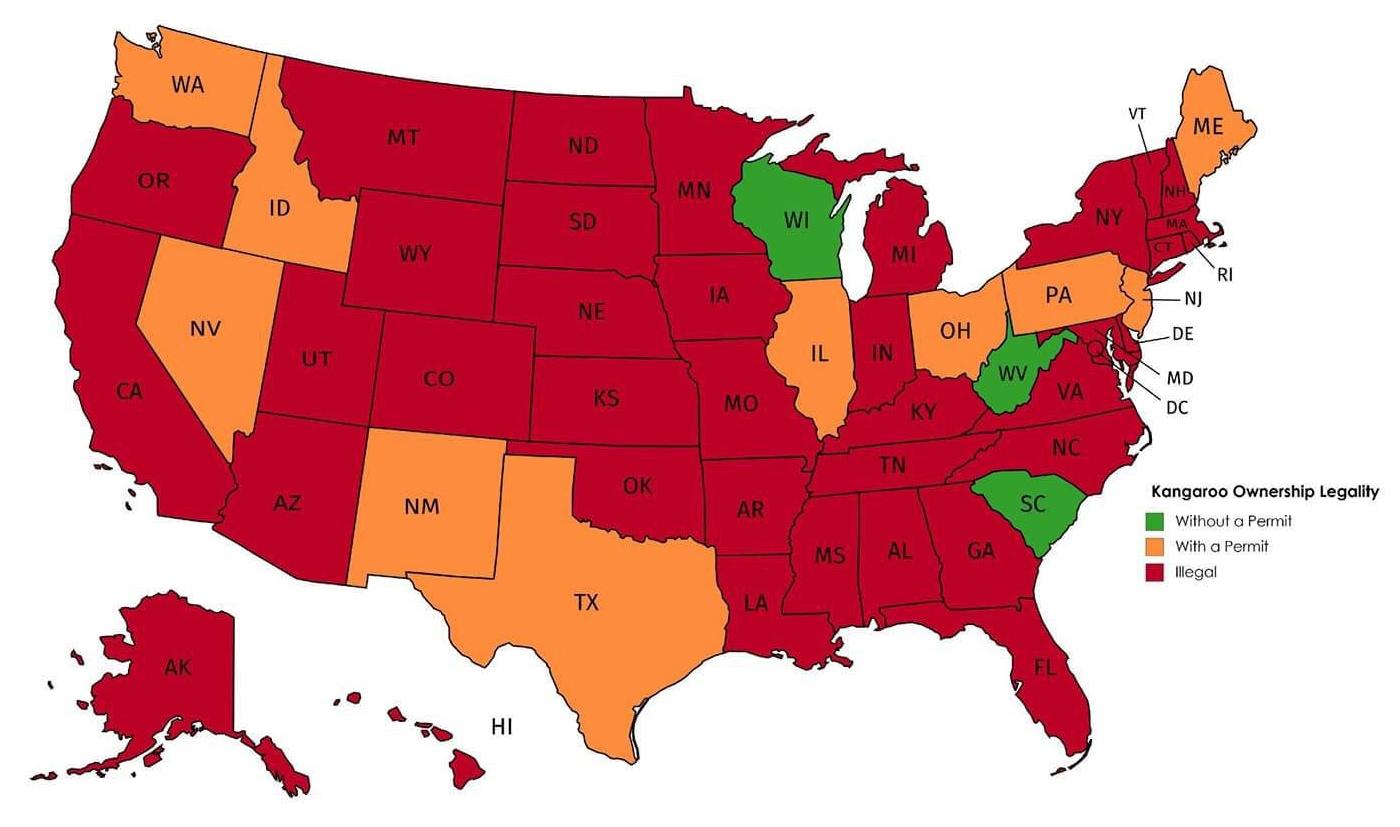White Christmas Forecast
The likelihood of snowfall on Christmas Day in the United States varies significantly across different states. Northern and mountainous states, such as Alaska, Vermont, Colorado, and Montana, often have a higher probability of experiencing a white Christmas due to their colder climates and geographical features. These regions frequently enjoy a picturesque snow-covered landscape during the holiday season, creating a festive and winter wonderland atmosphere.
Conversely, states in the southern and western parts of the country, such as Florida, California, Arizona, and Texas, typically have a lower likelihood of snowfall on Christmas Day. Warmer temperatures and milder climates in these areas make snowfall a rare occurrence during the holiday season, contributing to a more moderate and sometimes even tropical Christmas experience.
In the Midwest and Northeast, states like Michigan, New York, and Wisconsin often have a moderate to high likelihood of snowfall on Christmas, enhancing the holiday ambiance with a layer of fresh snow. The Great Lakes region, in particular, can witness lake-effect snow, amplifying the chances of a white Christmas for several states in the vicinity.
The map below, created by Reddit user makella_ shows the probability of a white Christmas in the United States.
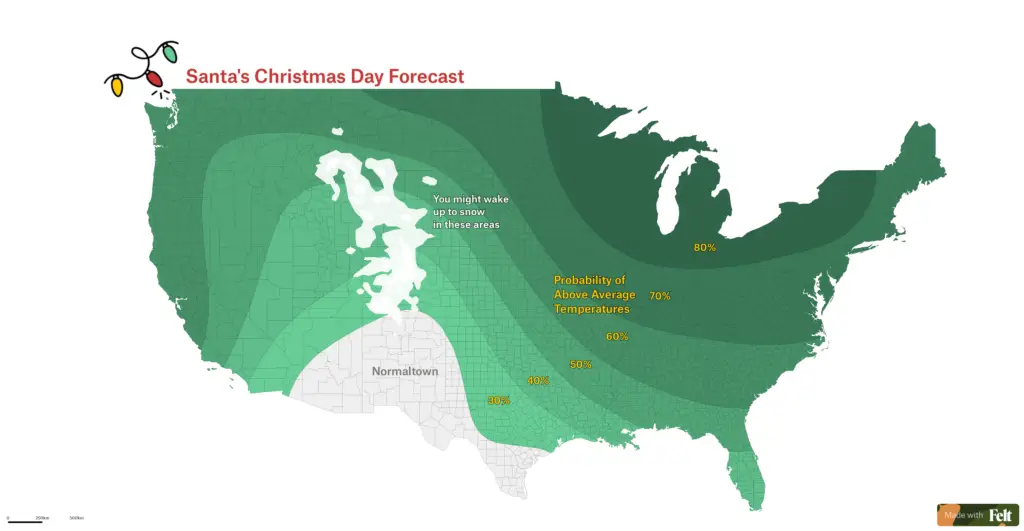
Mount Rainier and Mount Baker, both located in Washington, stand out as the snowiest places in the U.S. with weather stations, boasting an average annual snowfall of 645 inches (1,640 cm). In a global context, Sukayu Onsen in the Siberian-facing Japanese Alps is considered the populated place with the highest snowfall, receiving an impressive 694.5 inches (1,764 cm) annually, nearly reaching 58 feet of snow.
Apart from Mount Rainier and Mount Baker, numerous U.S. towns have experienced substantial snowfall, although many of them fall short of the 10,000 population threshold. Valdez, Alaska, claims the title for the town with the highest snowfall, averaging 279.4 inches (710 cm) annually. Another noteworthy location is Blue Canyon, CA, boasting a historical average of 241.7 inches (614 cm) per year!
The following list focuses exclusively on cities with at least 10,000 people to provide a more comprehensive overview. Otherwise, the article would primarily feature concise information about Alaskan towns. The rankings are based on the average number of snowfall inches, encompassing ice pellets and sleet, derived from official National Oceanic and Atmospheric Administration records.
The Top 10 Snowiest Cities in the United States
- Sault Ste. Marie, Michigan: Nestled near the river connecting Lake Huron and Lake Superior, Sault Ste. Marie, one of North America’s oldest French settlements, experiences considerable snowfall. With an annual average of 119.3 inches (303 cm), its location with lake-effect snow makes it one of the snowiest places in the United States.
- Syracuse, New York: Upstate New York, accustomed to significant snowfall, claims Syracuse as its snowiest city with an average of 114.3 inches (290 cm) per year. Buffalo follows closely with 92 inches (234 cm), and Rochester with 89.3 inches (227 cm), all benefiting from the traditional lake-effect snow belts.
- Juneau, Alaska: Alaska’s capital, Juneau, receives an annual snowfall of 93.6 inches (234 cm). Other major Alaskan cities like Anchorage (73.1 inches / 186 cm) and Fairbanks (64.8 inches / 165 cm) also contribute to the state’s snowy reputation.
- Flagstaff, Arizona: Heading south to Flagstaff, AZ, the city enjoys an average snowfall of 87.6 inches (223 cm) each winter. Known for its outdoor sports complexes and winter trails, Flagstaff attracts winter enthusiasts.
- Duluth, Minnesota: Situated on Lake Superior’s north shore, Duluth, Minnesota, receives an average snowfall of 83.5 inches (212 cm) annually, benefitting from the lake-effect phenomenon. Other snow-clad cities in Minnesota include International Falls (64.8 inches / 165 cm), Minneapolis-St. Paul (49.9 inches / 127 cm), Rochester (45.6 inches / 116 cm), and Saint Cloud (45 inches / 114 cm).
- Erie, Pennsylvania: Erie, positioned on the south shore of Lake Erie, is the only port on the Great Lakes. With an average snowfall of 80.9 inches ( 205 cm), its winters are characterized by moderate cold and heavy lake-effect snow.
- Burlington, Vermont: Burlington, Vermont, on Lake Champlain’s eastern shore, experiences snowy winters, averaging 80.2 inches (204 cm) annually. The picturesque town maintains at least an inch of snow on the ground throughout the winter months.
- Muskegon, Michigan: Situated between Lake Michigan and Muskegon Lake, Muskegon receives heavy lake-effect snow from Lake Michigan, accumulating an average of 79.3 inches (201 cm) annually. The state of Michigan boasts other snowy cities like Grand Rapids (74.6 inches / 189 cm), Flint (49.9 inches / 127 cm), and Detroit (43 inches / 109 cm).
- Casper, Wyoming: Known for its cold, snowy winters, Casper experiences dry snow, averaging about 77 inches (196 cm) annually. Located at a mile high, the city contends with cold winter winds and wind chill factors.
- Portland, Maine: Portland experiences cold, snowy winters with an annual average of 70 inches (178 cm). Its coastal location moderates snowfall, as warmer ocean waters can cause snow to transition to sleet or rain. Caribou, Maine, tops the list for smaller towns, with an impressive 114.3 inches (290 cm) per year on average.


